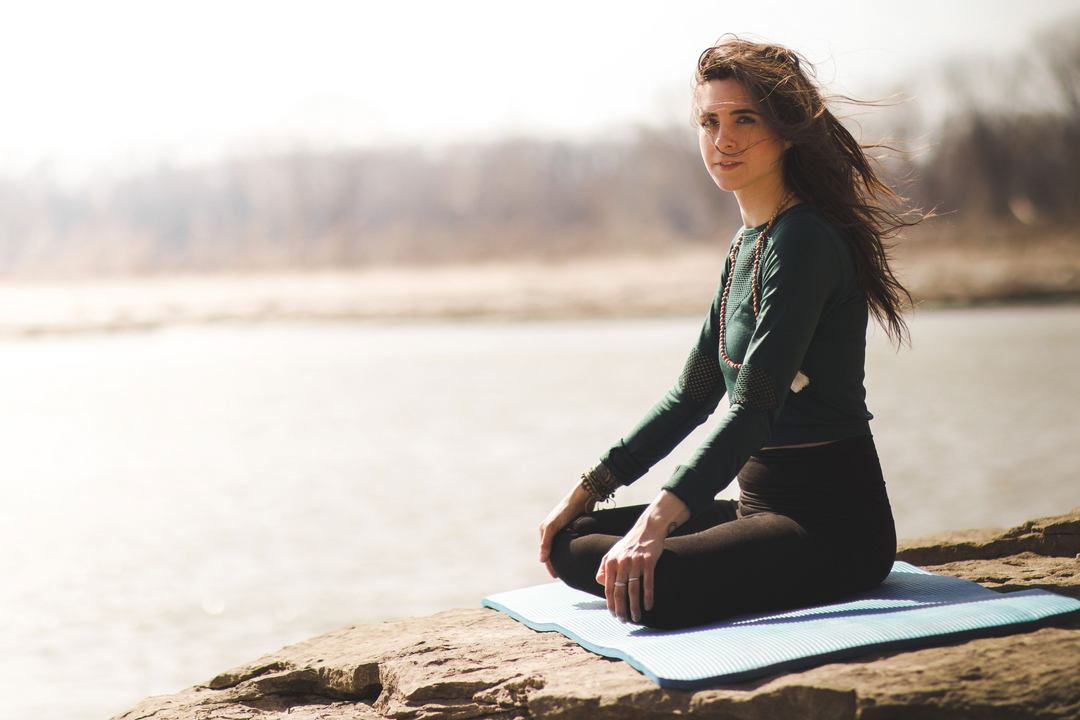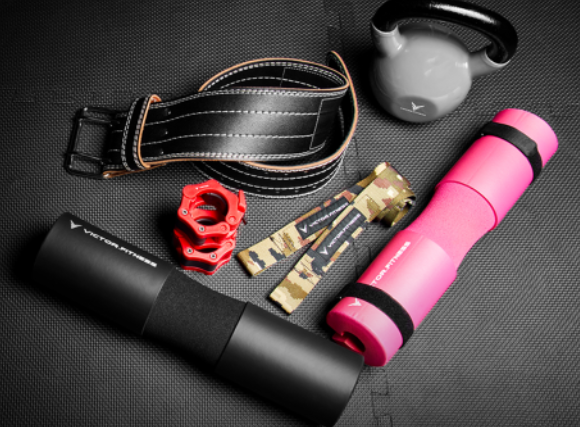
Yoga Poses for Beginners
Posted on
Yoga is a 5,000 year old practice developed by Vedic priests in northern India to develop breath, strength and flexibility. Technically a school of Hinduism and a major facet of Buddhism within its meditation practices, yoga has been refined and adapted across cultures to become the globally well-known discipline of today.
It arrived in the West in the late 1890s. Often credited to Swami Vivekananda, he came to the U.S. in 1993 and organized a conference on the “science of the mind.” Vivekananda also put on a yoga demonstration at the 1893 World's Fair in Chicago. Yoga could be found everywhere in the county by the 70s.
“Health is wealth. Peace of mind is happiness. Yoga shows the way.” – Swami Vishnudevananda
Yoga is challenging, but its focus on mental and physical well being encourages its practitioners to adapt to their ability while encouraging growth. Yoga can be hard and make you sore, but shouldn’t hurt the body. It ultimately wants you to be aware of the body, mind and your environment.
The practice has been linked to the potential prevention of heart disease, diabetes, hypertension and arthritis. Disciples of yoga are known to live long lives.
While yoga can be done anywhere, many teachers recommend having a dedicated space and/or mat for your practice. Victor Fitness offers two variations of yoga mats; Premium and Thick as well as a balance pad for when you need to bring the earth to you.
The following are some introductory poses. As many teachers say, yoga is about taking time for yourself.
If you’re too sore or tired to use your body – getting on the mat is enough. Take five minutes for meditation before continuing with your day,
Downward Facing Dog - Adho Mukha Shvanasana
Begin on your hands and knees in Table Top, with hands and knees shoulder width apart. On an inhale, lift your tailbone towards the sky. Don’t let your neck sink into your shoulders. Imagine an extension from your tailbone through the crown of your head. Maintain an outward spiral in both your biceps and inner thighs. This should take the pressure off your wrists and hips.
Bend your knees as generously as you need, and feel free to “pedal it out” by bending one knee then the other to shake out any tension within the pose.
Upward Facing Dog - Urdhva Mukha Shvanasana
From the low plank position, lower your hip points with control to the mat and press the tops of your feet to the ground. With your navel pulled towards your spine, press up from your hands into a gentle backbend. Roll your shoulders down, open the shoulders to make space for your heart and tilt your head up.
Mountain Pose - Tadasana
The Mountain Pose is one of the simpler poses to do in yoga. Performing this pose helps bring awareness to all parts of the body. To start, stand tall with your arms by your side. Make sure your feet are planted firmly on the ground, bringing awareness to all four corners of the foot.
Elongate your spine while opening up your chest. Relax your shoulders up to your ears and settle the collar bones down your spine. Keep your chin parallel to the ground, and gaze soft. Check in with the sensations in your body.
Plank Pose - Phalakasana
Start on all fours with your hands underneath your shoulders and knees underneath your hips. Then, stretch your legs out and back with your knees off the ground. Your arms should be straight with your hands flat on the mat. Your core should be engaged in this position to get the desired result. Hold this position for 5-7 breaths before moving into Downward Dog or Child’s Pose.
Child’s Pose - Balasana
Child’s pose is a wonder with easing back pain. You can shift from either a kneeling position or in table top. Create a deeper stretch by touching the big toes together and bring the knees to the edge of the mat.
Lean forward and rest your forehead on the ground bringing your arms gently to your sides or stretched out in front. Stay for at least three cycles of deep breath


Leave a comment: